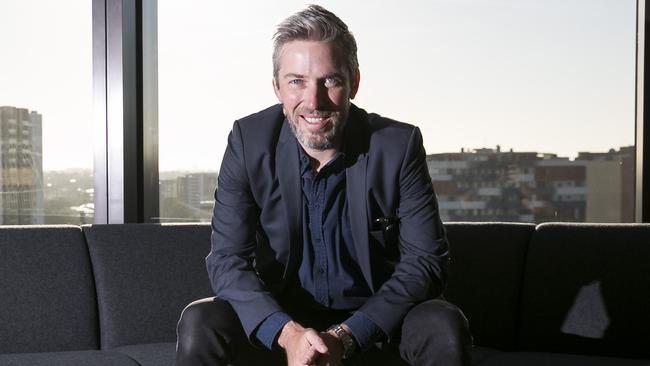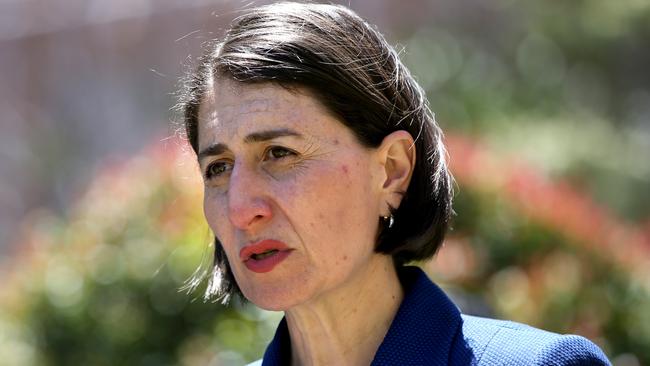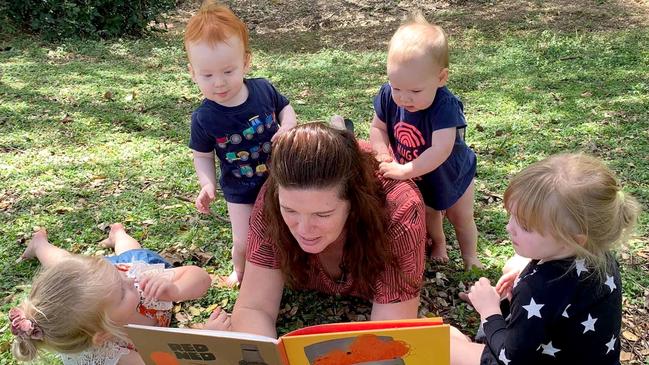Project Sydney: Western Sydney workers fall behind during COVID shutdown
A leading academic says many people from Western Sydney were forced into going into the office during lockdown earlier this year because internet service in the area was not good enough.
NSW
Don't miss out on the headlines from NSW. Followed categories will be added to My News.
Western Sydney professionals have fallen behind the eight ball during the coronavirus pandemic because of a lack of digital literacy and internet connectivity, experts warn.
Western Sydney University Assistant Vice Chancellor Andy Marks said many people in Western Sydney continued to go to work during the pandemic due to a lack of digital infrastructure in the region which prevented them from participating in the workforce remotely.
Mr Marks said a report prepared by the Greater Sydney Commission highlighted the need for greater investment in technology in the area.
Less than 50 per cent of Greater Sydney’s employees worked from home during the pandemic, the City Shaping Impacts of COVID-19 report found.

Mr Marks said this gap identified by the pandemic was not addressed in the Federal Budget and the Berejiklian government now has an opportunity to deal with this in the state budget this month.
“One of the things that emerged in the work from home period, was this massive uptake in digital platforms. But the rates for work from home in Western Sydney were much lower than other parts in Sydney. People were unable to afford and maintain internet connections, afford digital devices and also had low levels of digital literacy,” he said.
“A lot of the jobs in Western Sydney are also not built for working from home. We need to support digital infrastructure to make that happen. Supporting internet access for groups that are currently disenfranchised is massively beneficial to the economy.
“Because greater levels of digital literacy mean a knowledge-based workforce and greater engagement and participation in the economy.“

Mr Marks said the state budget on November 17 also needs to address social housing in the region as well as social infrastructure such as childcare to boost women‘s participation in the workforce.
“Social housing is a very big one. The pandemic has unfortunately not cured Sydney’s housing affordability crisis. There is a real chance for a big investment and that has a big stimulus effect on the economy too,” he said.
“If some constructions jobs are going to come offline as the economy slows, then one really good insurance against that is to sustain the construction industry and jobs through a large investment in social housing.”

Mr Marks said he hoped the budget would also support more sustainability in Western Sydney.
“Penrith last year on one day in January was the hottest place in the world. We should be doing things differently with the way we design our cities, to allow better air flow and reflective surfaces to improve heat build-up,” he said.
“Federal Government left a massive gap as we do not have a sustainable energy policy Federally and I think if the State Government were to send a signal to industries in Sydney and in Western Sydney, then there are a lot of great innovative start ups who can respond to that.”
MORE PROJECT SYDNEY

